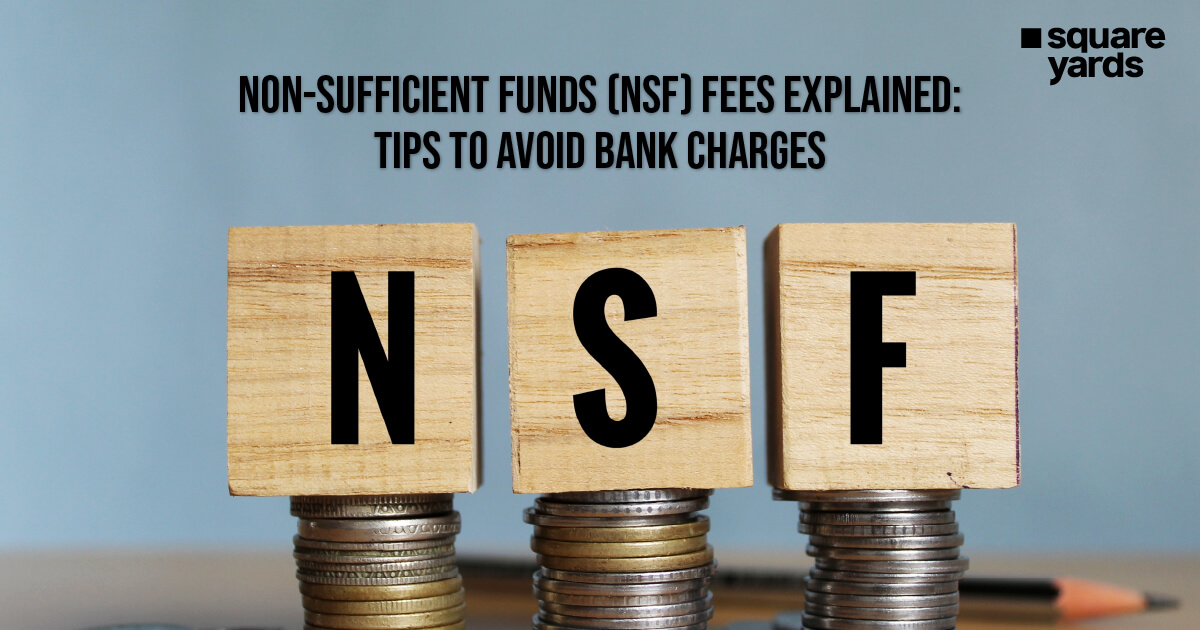Transferring funds is one of the most common practices people have been involved in for a long time. In the modern age, getting things done online has made it much easier and more convenient for the public. E-transfer in Canada is one of the most common ways to transfer funds. For everyday transferring, you might need to split or choose a faster way to send or receive money. You can utilize your Canadian bank account for this practice. Just like every service, there are obviously limitations and guidelines involved. Let us get into detail regarding the same in this blog.
Top Banks and Their Limitations on E-Transfers
Different fees and limits are associated with Interact e-transfer, depending on which bank you choose in Canada. There are also stipulations on how many you can send per day. If you actively use e-transfer, the fees can make a big difference in where you decide to do your everyday banking. It’s also important to distinguish between personal and business accounts because the charges will differ.
RBC
If you are a regular customer of RBC Bank or you plan on getting involved in any services by RBC Bank, then let us get into the limitations put by the bank. Making an e-transfer from RBC can be easily undertaken through the portal online and mobile banking.
-
- Minimum amount to send is $0.01.
- Free cancellation on any e-transfer.
- 999 free e-transfers each month from the checking account.
- E-transfers after using 999 will be charged $1.
- Failure to cancel an e-transfer before the 30 day period will lead to a reclaim fee that is $5.
- The maximum e-transfer limit depends upon the daily debit limit of your account.
- There is no cost in receiving money.
- E-transfer from the savings account will be $1 and $1.50 from a business account.
TD
With TD bank, their limitation and e-transfer is similar to RBC.
-
- All personal accounts will cost $0.50
- Receiving e-transfer in Canada doesn’t cost anything.
- Fee for business accounts is $1.50 and an additional $1.50 when Remittance Details are included.
- Maximum amount to transfer in 24 hours is $3000.
- For 7 days the limitation is $10,000 and 20,000 for 30 days.
- Free cancellation of an e-transfer within 45 minutes, otherwise $5 will be charged.
The e-transfer in TD are free until they are sent from the following accounts–
-
- TD All-Inclusive Banking Plan
- TD Every Day Chequing Account
- TD Student Chequing Account
- TD Wealth Private Banking Account
- TD Unlimited Business Plan
- TD Unlimited Chequing Account
BMO
Another Canadian finance institution that offers e-transfer, the hourly and daily limitation is dependent on the account limitation. BPO can be done from the comfort of your home through the mobile app or online portal. The limitation of the BPO are as follows–
-
- The maximum amount that can be transferred in 24 hours is $2500 and $3000.
- $10,000 in 7 days and 20,000 in 30 days.
- Many BPO accounts offer a free e-transaction but others charge $1.50.
Scotia Bank
There are different e-transfer limits depending on what your daily transaction limit is on your bank account. If the amount you have listed isn’t enough, you can request to increase the limit. Scotiabank allows you to schedule transfers for up to 60 days in advance, as well as the requesting money feature. You can also receive your funds faster with the auto deposit feature.
Increasing E-transfer Limits
The limitation on fund transfer depends on the finance institution you have engaged with because every other brand has its own rules and regulations. Some commonly advertise a limit of $3000, but others may go up to $10,000. If you need to transfer a larger amount, it is advisable to contact your respective bank prior for better clarity.
How Many E-Transfer in Canada Can One Do?
There aren’t many restrictions regarding how much money you can send through E-transfer in Canada. The limits are based on amounts that must be sent, not the number of total e-transfers. That said, some financial institutions might charge you for e-transfers after you reach a certain limit.
Banks with the Highest Limit on E-transfer in Canada
Two banks have higher limits on E-transfer in Canada.
Desjardins
Desjardins is one of the highest E-transfer financial institutions. Customers can send up to $5,000 daily and receive up to $25,000. With a business account in this bank, you can send up to $10,000 in one day.
Vancity
Another financial institution that has higher limits is Vancity. The limit on E-transfer in Canada for this bank is mentioned below for personal accounts–
-
- $3,000 per transfer
- $10,000 in 24 jours
- $10,000 in 7 days
- $20,000 in 30 days
For a business account, the limit on E-transfer in Canada is–
-
- $6,000 per transfer
- $20,000 in 24 hours
- $20,000 in 7 days
- $40,000 in 30 days
With a receiving limit of up to $25,000.
Receiving E-transfers in Canada with Auto Deposit
When you receive an e-transfer, you can accept it in two ways. You can receive the e-transfer notification via email or text and then accept it by clicking on the link and selecting your financial institution. From there, you can sign into your mobile or online banking and follow the prompts to deposit the money into your bank account. This includes answering your security question correctly. Another option given to you is an auto deposit. To do this, you need to register with your financial institution. You just register your email address, and e-transfers are directly deposited into your bank account without answering a security question. When you send Interac e-transfers to someone registered for auto-deposit, you will be notified before you finalise the e-transfer. Once you finalise the e-transfer, you cannot cancel it. You can only do that if the recipient isn’t registered for auto-deposit.
You May Also Read
| Steps of Bock Debit or Credit Card | Block Debit or Credit Card |
| All About Best Credit Cards in Canada | Best Credit Cards in Canada |
| TFSA Vs RRSP | TFSA Vs RRSP |
| Guide To Canadian Banking System | Canadian Banking System |
| Know About Banking In Canada | Banking In Canada |
Frequently Asked Questions (FAQs)
Yes, the maximum limit on e- transfers in Canada depends on the bank you are engaging with.
The easiest and fastest way to transfer larger amounts of money between banks in Canada is through wire transfer. You just need the routing number and account number of the recipient.
Yes, the limitation of banks in Canada generally starts from $3000. This e-transfer limit can be different depending on the bank and type of account.
Direct bank transfers are generally considered to be the most efficient and affordable option when it comes to sending funds from India to Canada. One other is wire transfer
A resident of India can only remit $250,000 annually, you also require a PAN to transfer any funds. There is no limit in remits but it can’t exceed the annual amount. Is there a maximum amount for an e-transfer?
How do I transfer a large sum of money between banks in Canada?
Is there a limit to transfer money from Canada to India?
How can I transfer money from India to Canada?
Is there a limit to transfer money from India to Canada?











